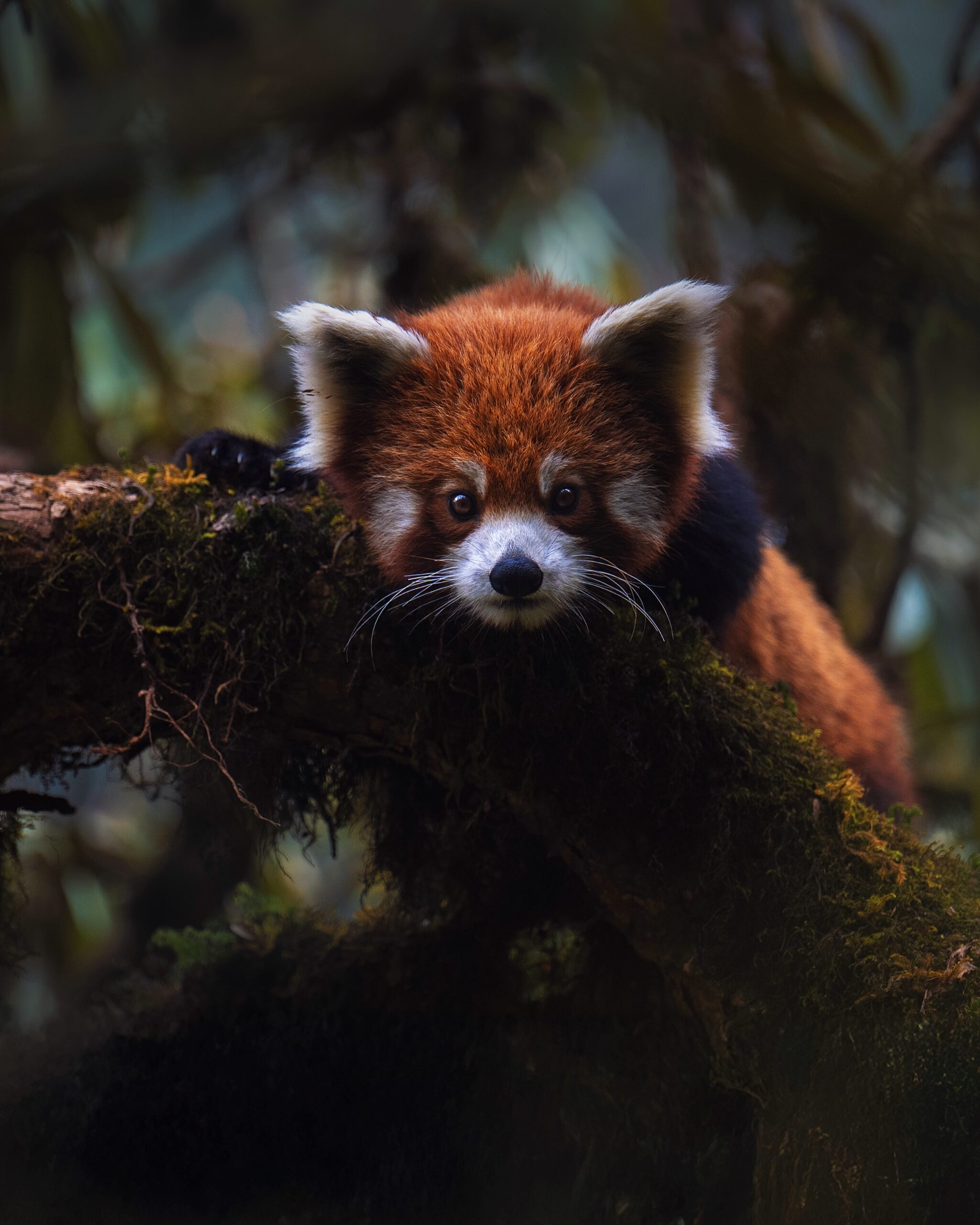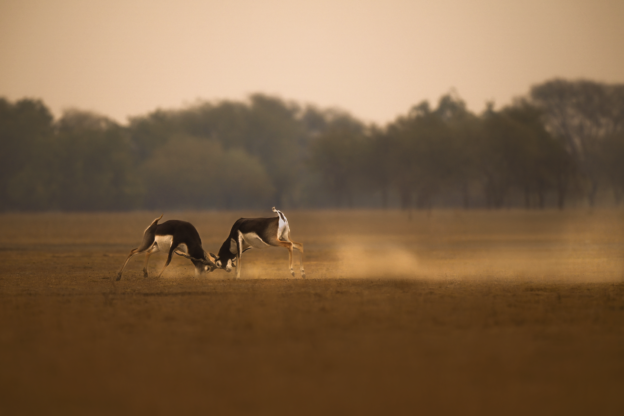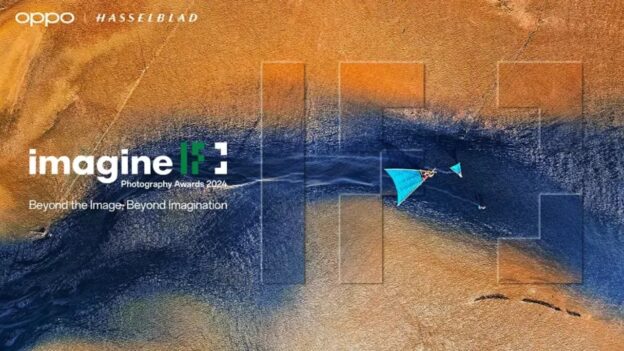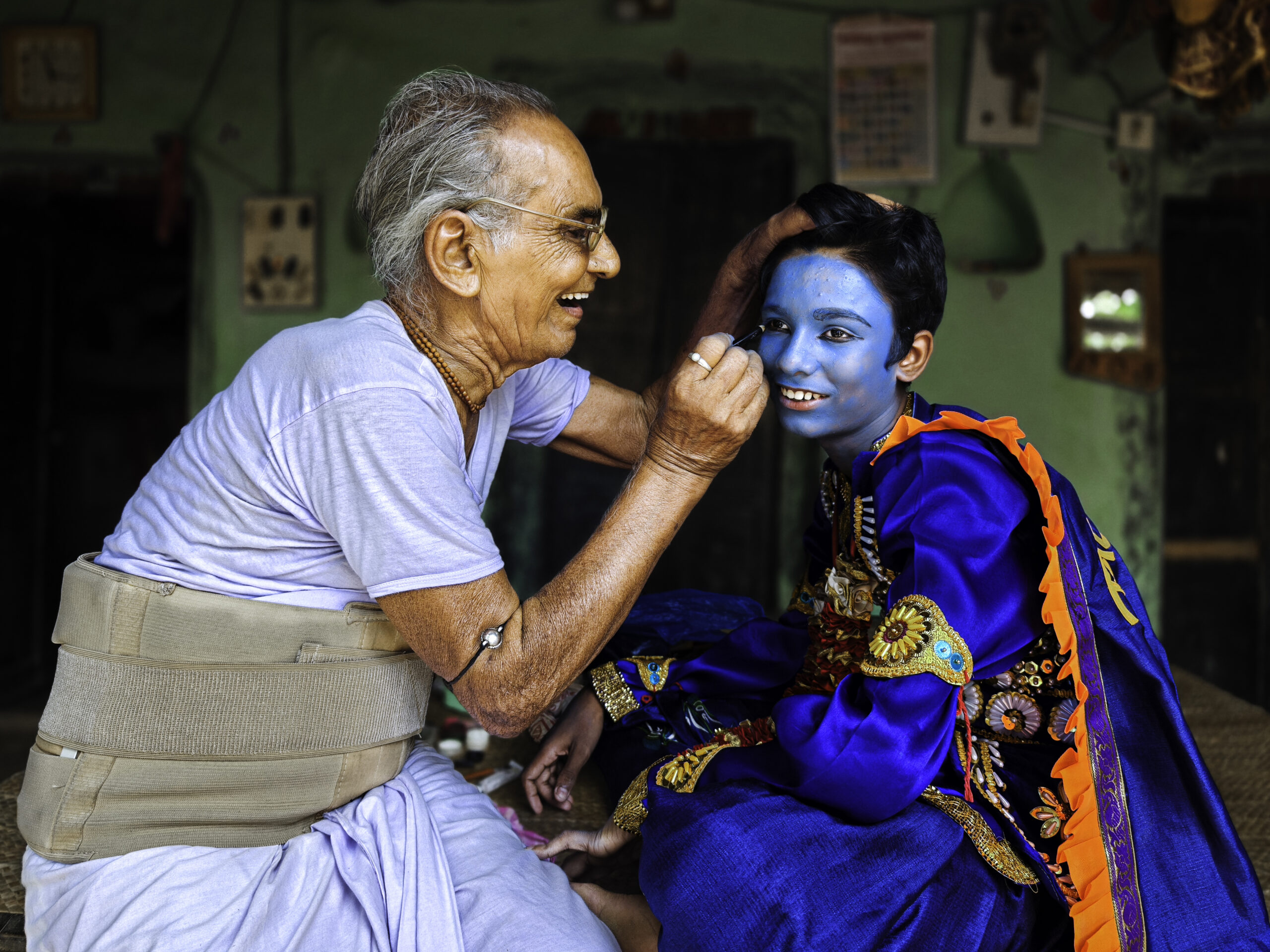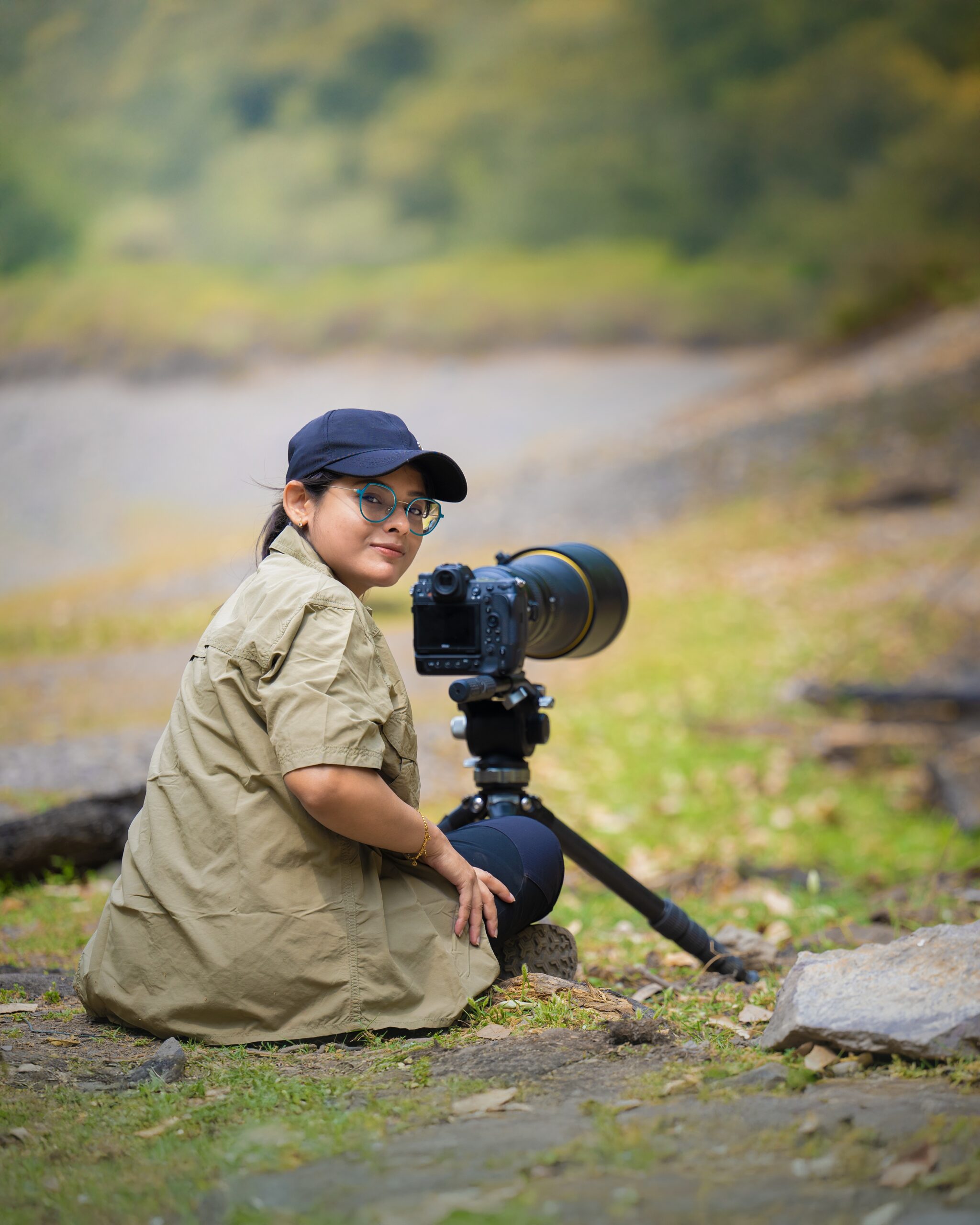
Aparupa Dey is a wildlife photographer dedicated to capturing the raw beauty of Indian wildlife. Her work spans across multiple habitats and species, highlighting the charms and challenges faced by her subjects. For her, no creature is too small, as is reflected by the respect and space she gives to them while wading through muddy plains and waist-deep waters pursuing the perfect shot. Asian Photography spoke to her about capturing a wide range of subjects, evolution of process, risks she took while making photographs and more. Excerpts:
How has your work and process evolved over the past years?
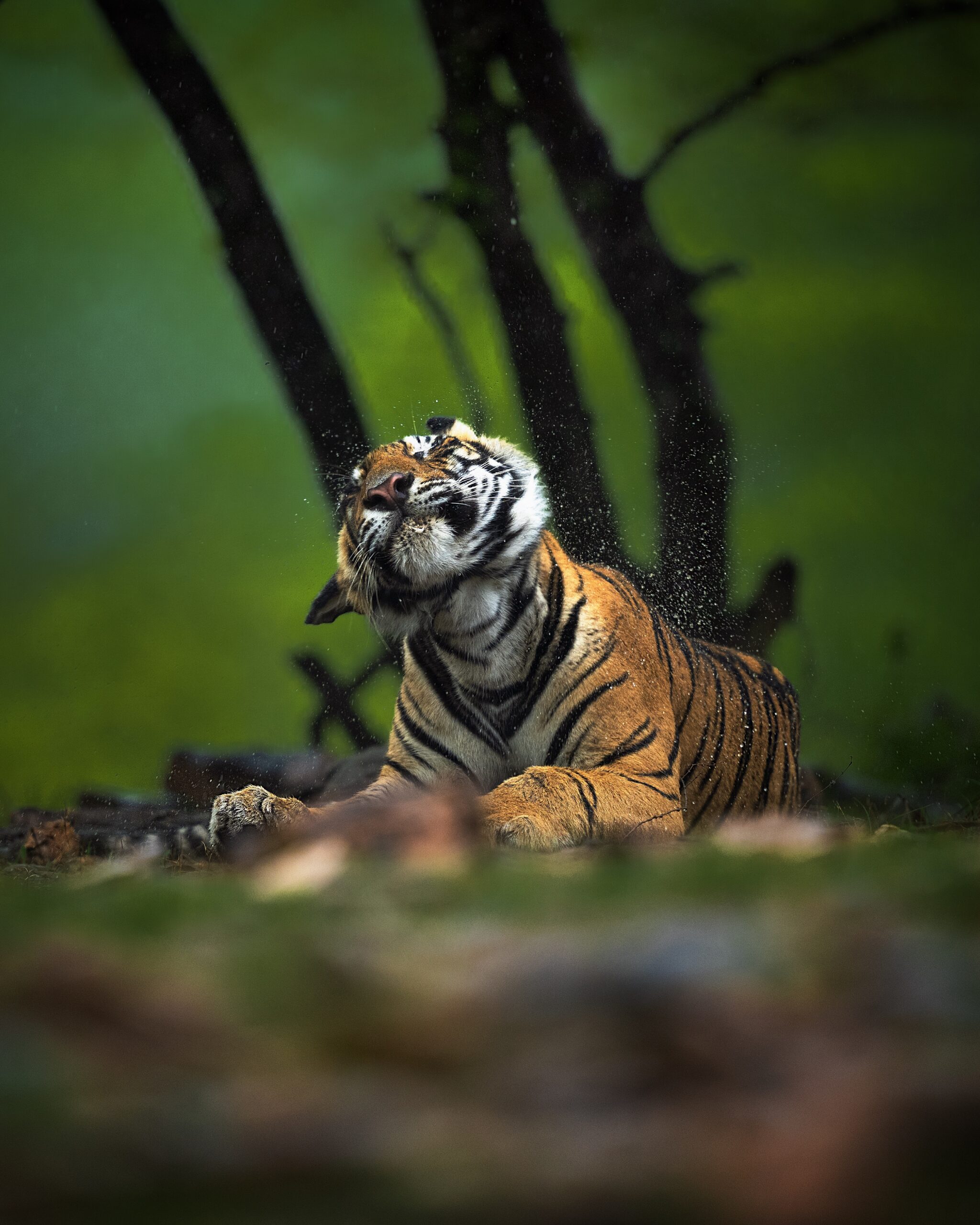
Over the years, my work and process have evolved significantly, shaped by both experience and deeper observation of wildlife. Initially, my focus was largely on capturing the obvious moments like clear sightings, striking compositions, and technically perfect shots. But with time, I’ve learned to slow down, anticipate the behaviour of the subjects.
Now, my process is much more research-driven and thoughtful. I spend considerable time studying species, their habitats, and behaviour patterns before even stepping into the field. The evolution of my work reflects a shift from purely technical execution to a more holistic approach blending preparation, patience, and creative vision to create images that resonate deeply with viewers.
What drew you to capturing smaller animals and birds rather than focusing on only big mammals?
I don’t judge animals based on size; I see them all simply as life. Growing up in a rural area abundant with wildlife, I began my journey as a hobbyist, often spending time by the riverside in my village, capturing little colourful birds, jackals, mongooses, and other creatures. Over time, I realised that these lives aren’t just existing, they each have a world of their own. If you take the time to observe closely, you’ll see how they interact, protect their nests, nurture their young, and display behaviours full of intention and complexity. It was this fascinating world and these behaviours that drew me to focus on them, even more than travelling to exotic locations.
Could you describe your preparation before entering the field and how do you choose your subjects on the field?
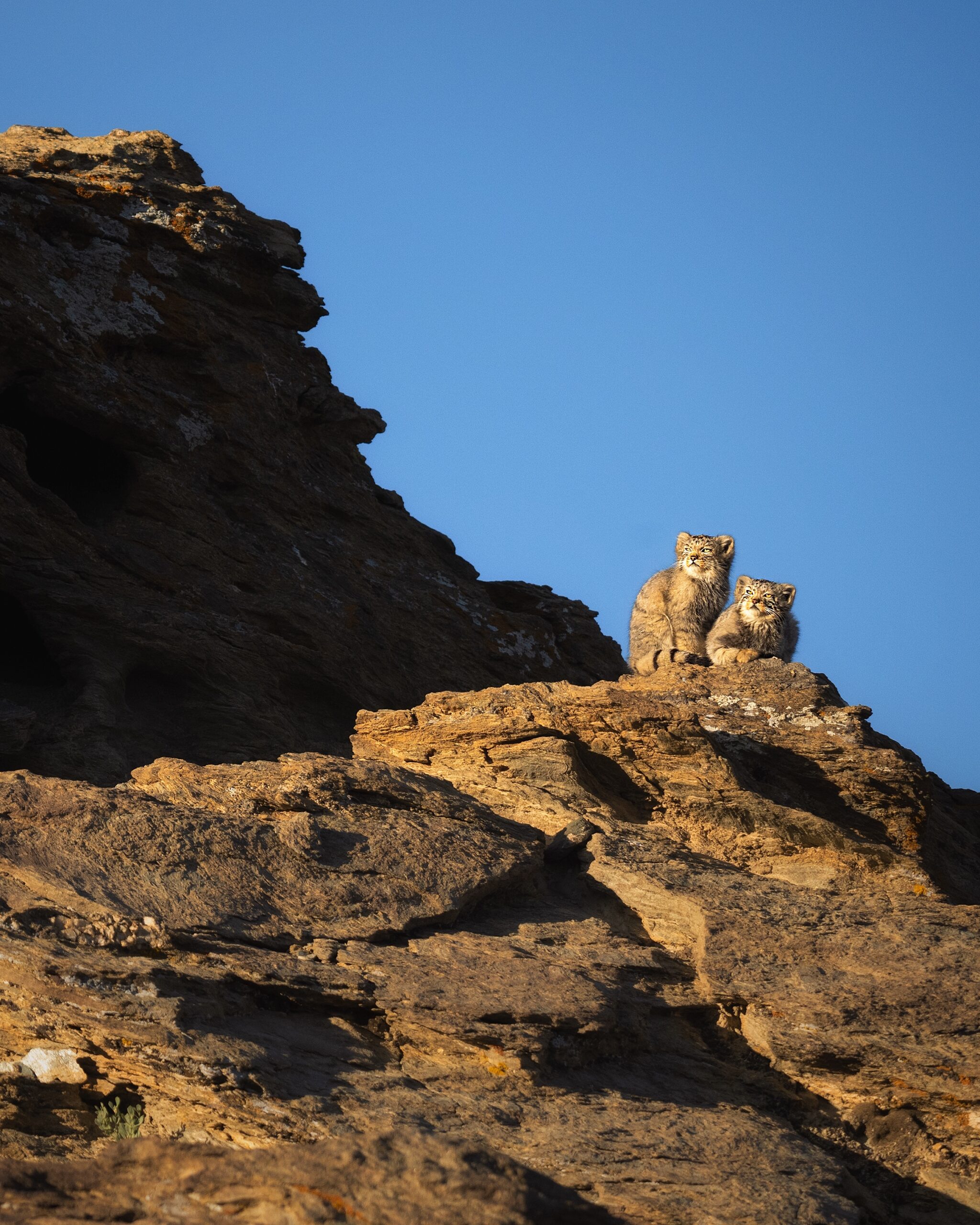
If I know the place and what I am going to capture then most probably I know what to expect and where. But things change when I go to a new place. Usually, it begins with selecting the species I want to photograph. Then I study them, their habitat, the best time for sightings, and the prevailing weather conditions. I also gather details about their life cycle, such as mating seasons or the right time to spot cubs.
And they do exhibit different kinds of behaviour during different times. For instance, if you visit a blackbuck habitat during their mating season, you’ll often witness males locking horns in dramatic fights to display their strength and to defend their territory. If one can position themselves against the setting sun, then they can capture dramatic images of black bucks locking horns with dust arising into the golden light. That’s where my research pays off.
After that, I connect with local guides to get firsthand insights and cross-check my research. I make sure to prepare weather-appropriate clothing, protection for my camera gear, and do a basic financial analysis of travel and related stuff. I also watch videos on YouTube about the location to get a sense of the landscape and possibilities there. Once all this groundwork is done, I set out on the field.
What was your riskiest experience in the wild—in terms of light, weather, movement or safety?
I think my recent Red Panda expedition in Nepal stands out the most. The terrain was extremely tough—we had to constantly ascend and descend sizeable mountains covered with thick bamboo, making movement nearly impossible. Carrying all our equipment through that was especially challenging. The slopes were steep, the ground damp, and being in a temperate forest meant the weather was unpredictable. Thick fog often reduced visibility to just half a meter, making every step an intense challenge.
How has guiding other photographers influenced your photography and vision?
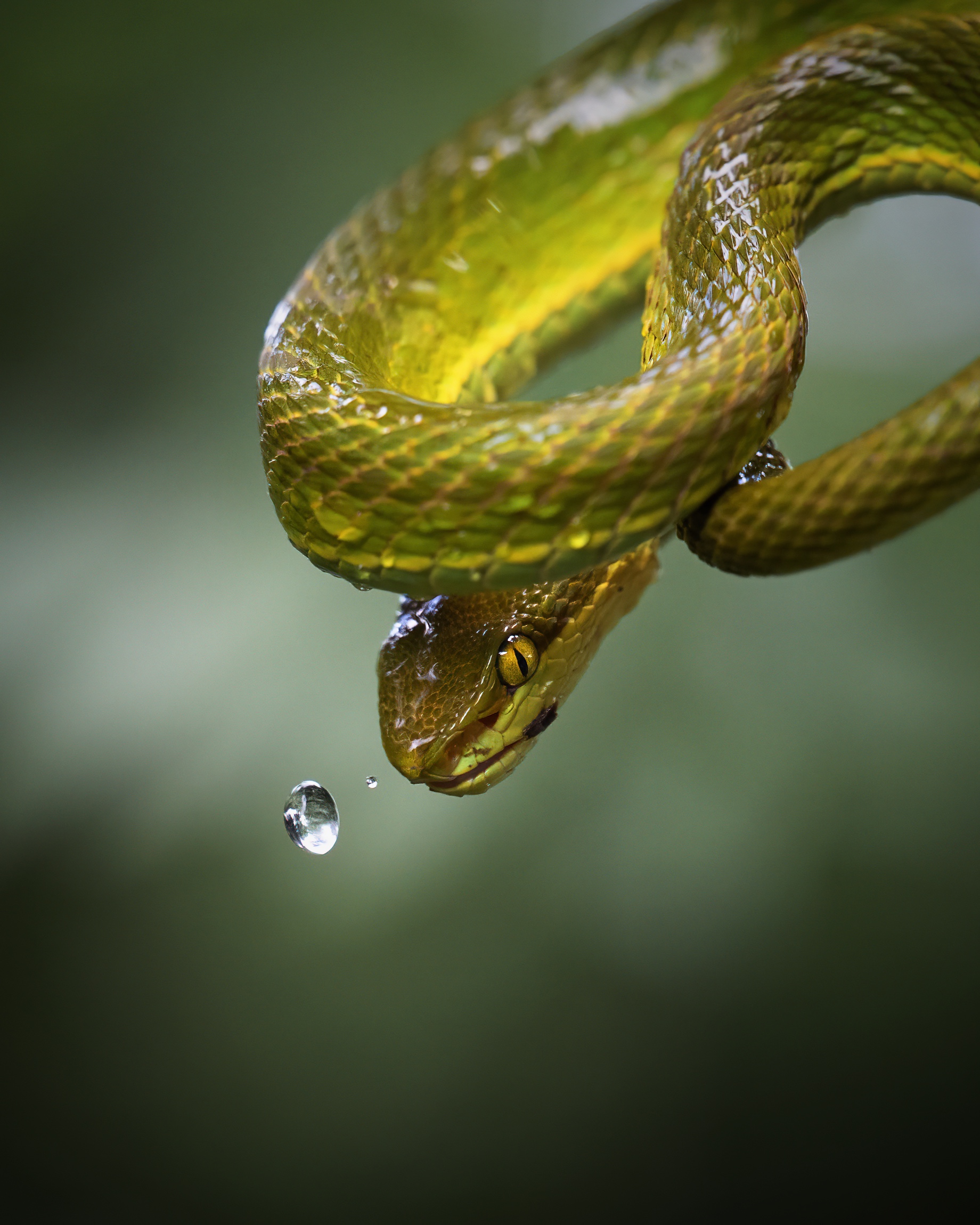
Well, this is something which is a by-product of interacting with other people or fellow photographers. It forced me to observe more carefully, and explain the “why” behind every shot when asked, whether it’s about composition, behaviour or patience. It made me more conscious of my own approach, helping me refine my techniques. It’s also broadened my perspective, as seeing how others interpret the same scene often inspires me to experiment and look at wildlife in new ways.
How do you see fresh possibilities, perspectives and shots while shooting at the same place/spot?
The goal isn’t just to photograph a species, but to capture it in action and in dialogue with its environment. Even when the place and species are familiar, their behaviour and the natural conditions are constantly changing. By ‘natural condition’, I mean elements like light, shadows, clouds, rain, mist, temperature, and wind etc. all of which shift daily. These factors, combined with the species’ behaviour, open up countless possibilities for unique shots. And if you feel like your images are starting to repeat, simply switch to a different lens or focal length, and a whole new range of possibilities unfolds. And personally this concept has worked for me.
I started photography in 2014 a little actively while I was a student. From 2014 to 2022, for eight long years I kept on returning to the same stretch of river which is approximately 2km away from my home with my mother to capture wildlife and each day I returned with tons of images and a heart full of happiness of capturing and observing something special. Therefore all I would say is keep returning to the same spot whenever you can. Even if some shots repeat, you never know what fresh combination of action and environment awaits you next time.
If you could capture one image that represents your philosophy as a photographer, what would it look like?
If I could capture one image that represents my philosophy as a photographer, it would be of a wild animal completely absorbed in its natural behaviour, framed in harmony with its surroundings. Not a staged moment or a dramatic chase, but a quiet, authentic interaction between the species and its environment, maybe a bird silhouetted against shifting light, or an elephant emerging through mist. For me, that balance between subject, action, and nature’s variables is what truly defines my vision: to tell stories that are honest, intimate, and deeply connected to the wild.
